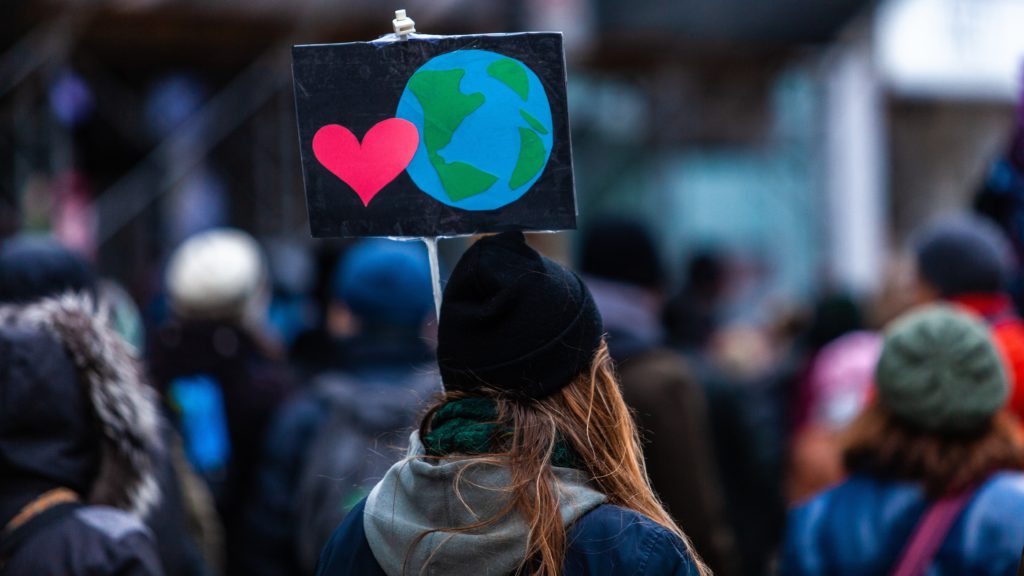Home: The human bottleneck in critical minerals supply chains

(The opinions expressed here are those of the author, Andy Home, a columnist for Reuters.)
The road to decarbonisation will be paved with copper.
As well as lithium, nickel, cobalt and a host of other minerals, all critical for electric vehicles (EVs), solar panels and wind farms.
Securing enough of these metals has become an overriding concern for many Western countries now looking to invest in green technology industries as a driver of broader pandemic recovery.
The European Union currently imports all of the refined lithium, platinum and silicon it needs to produce EVs, clean hydrogen and solar panels respectively. It also gets 98% of its rare earths from one supplier – China.
“This is not sustainable,” Joaquim Nunes de Almeida, head of the European Commission’s Internal Market and Industry directorate, told the Cobalt Institute’s annual conference.
Access to raw materials has been identified as a major bottleneck to Europe’s green industrial strategy and the Commission “views raw materials projects, refining included, as strategic”, he said.
There’s one big problem though.
Us.
The paradox of the green revolution is that public opinion is firmly in favour of decarbonisation but not the mines and smelters needed to get there.
Toxic legacies
Building a new mine in the United States is a tough prospect. Ask Rio Tinto, which has been trying for over a quarter century to win approval for its Resolution copper mine in Arizona in the face of stiff opposition from Native Americans and environmentalists.
Arizona, it is worth emphasising, has been a mining state since the late 19th century and has historically been the country’s largest copper producer.
Even in such friendly jurisdictions, digging new mines is getting increasingly difficult as the need for green metals collides with green conservationist resistance.
The history of the energy market is full of examples of political supply diversification, such as Europe’s close relationship with Norway as a hedge against exposure to Russian gas
Opposition to mining is not just a developed world problem. The phenomenon is global, although no other country has yet followed El Salvador and banned it completely.
The sector has a habit of hitting the headlines for all the wrong reasons, whether it be child mining in the Congo, tailings dam disasters in Brazil or the destruction of ancient caves in Australia.
Its legacy is often, literally, toxic.
The United States lost its previous rare earths ascendancy when the Mountain Pass mine in California closed in 2002. Low prices and Chinese competition weren’t helped by federal and state fines for multiple wastewater spills, many unreported at the time.
A history of poor environmental performance is also why the United States has no dedicated copper refining facilities for end-of-life scrap.
The last one, Chemetco in Illinois, closed in 2001 after being found guilty of illegally discharging waste water through a hidden pipe into a tributary of the Mississippi River.
As political momentum on both sides of the Atlantic builds towards a circular economy with recycling at its heart, it’s unclear how the growth in recyclable materials is going to be processed.
So-called urban mining faces just as many headwinds as virgin mining when it comes to getting public acceptance for new capacity.
Mineral allies
It’s not hard to understand why the political desire to reshore critical minerals production is running into popular resistance.
The European Commission plans to accelerate mine permitting but understands that community consent is the main hurdle. It intends to draw up a responsible resourcing code in a bid to win hearts and minds. But it’s going to take time.
The Biden Administration in the United States, torn between its divergent green credentials, seems to be pivoting away from domestic mines towards allied countries with existing resource bases, such as Canada and Australia.
The domestic political backlash is already building, but, as the authors of a report by US think tank the Center for Strategic and International Studies (CSIS) point out, “a reliance on imports does not automatically entail danger or vulnerability.” (“A U.S. Strategy for Clean Energy Supply Chains”, May 2021).
The history of the energy market is full of examples of political supply diversification, such as Europe’s close relationship with Norway as a hedge against exposure to Russian gas.
The objective is to link up with suppliers that “carry limited or no geopolitical baggage,” according to CSIS. “Relying on Australia for lithium is not the same as relying on the Democratic Republic of Congo for cobalt.”
Competition with China
Looming large over the green minerals debate is, of course, China, which dominates the global supply of rare earths as well as the solar panel and lithium-ion battery sectors.
Fully decoupling from China, CSIS says, “is impossible today (and) in the future, it is improbable and likely expensive.”
It took the United States almost 50 years to achieve something close to the energy self-sufficiency President Nixon first aimed for in 1973 despite its advantageous starting point of having immense natural resources.
Western countries should focus, instead, on where they can compete in parts of the green technology supply chain and accept a level of inter-dependence with China, CSIS argues.
The US Energy Department’s Advanced Manufacturing Office is doing just that with projects ranging from lithium brine extraction to e-waste recycling to designing new magnets without rare earth elements, according to Dr Mike McKittrick, also speaking at last week’s Cobalt Institute meet.
Digging more holes in the ground is only a small part of a much bigger critical minerals and clean metals picture.
If Western countries can’t kick their dependence on Chinese critical minerals, they should look to manage that dependence in the same way the United States has managed its oil relationship with Saudi Arabia or Germany its gas relationship with Russia, CSIS suggests.
In the case of trade between the United States and China, there is mutual vulnerability to critical minerals and hydrocarbons, respectively.
That would allow for an explicit quid-pro-quo or even an agreement to ring-fence certain products from trade disputes, ensuring that critical minerals, rare-earth metals, and key technologies are insulated from broader trade tensions, the CSIS report argues.
That is unlikely to please those who contend that the United States and Europe must completely reshore their minerals production.
But it may be no more than a statement of fact until we collectively accept the need for more mines and metals plants somewhere close to our back yards.
(Editing by Bernadette Baum)
{{ commodity.name }}
{{ post.title }}
{{ post.date }}

Comments